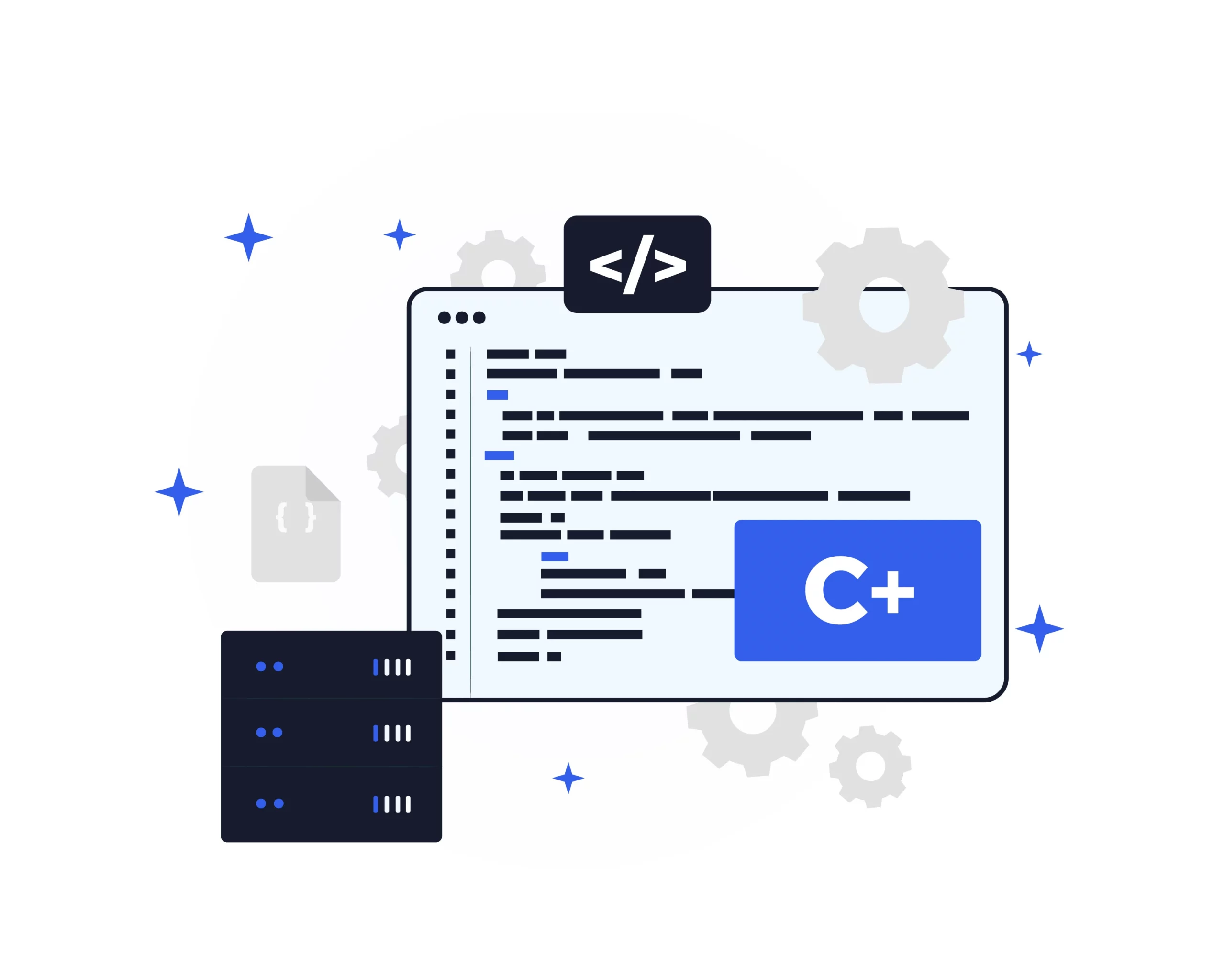Imagine having access to Google Maps’ vast amount of location info. With the power of web scraping, you can find helpful information and get it for many different reasons. This comprehensive guide will take you into the world of scraping Google Maps.
Overview of Web Scraping Google Maps
Web scraping automatically gets data from websites, and Google Maps has a lot of location-based information. Google Maps can be scraped to get locations, phone numbers, reviews, and more information. This information benefits companies, researchers, marketers, and analysts who want to get ahead of the competition.
The Importance of Location Data Extracted from Google Maps
Businesses and academics can get a lot of helpful information from location data. By extracting location data from Google Maps, you can learn a lot about your customers, market trends, and what your competitors are doing. This knowledge can help you make good business decisions, improve your marketing, and find new business prospects. When you scrape Google Maps, you can do many different things, like find the best place to open a new store or find out how people feel about certain areas.
Tools for Scraping Google Maps
You’ll need the right tools to scrape Google Maps effectively. Here are some popular tools and software that can streamline your scraping process:
Google Maps Scraper
This specialized scraping tool makes it easy to get location information from Google Maps. It has features like the ability to narrow searches, format data, and export data.
Python Libraries
You can automate the scraping process with Python’s powerful tools, such as BeautifulSoup and Selenium. With these libraries, you can move through Google Maps pages, pull out specific data elements, and keep them in a structured way.
Web Scraping Frameworks
Frameworks like Scrapy offer a high-level way to scrape data from the web. This makes it easier to get data from multiple pages and handle scraping jobs that are more complicated.
Remember that some tools may be free, but you must pay for or subscribe to others. Pick the tool that fits your wants and budget the best.
Step-by-Step Guide to Scraping Google Maps
To successfully scrape Google Maps for location data, follow these steps:
- Understand the target data. Choose the place information you want to get, such as addresses, phone numbers, or reviews. Having a clear goal will help you simplify the process of cleaning.
- Choose the right scraping tool. Choose the scraping tool that fits your needs the best from the ones we’ve discussed.
- Inspect the website structure. Learn how the Google Maps website is put together and find the HTML elements that hold the data you want.
- Write the scraping code. Use your chosen scraping tool and the computer language (like Python) to write the code to get the location data.
- Test the scraping code. Before scraping a lot of data, you should test your code on a small sample to ensure it works.
- Scrape Google Maps. After ensuring the code works, scrape to get the location data you want from Google Maps.
- Store the scraped data. Save the extracted data in an organized and accessible format, such as CSV or JSON.
- Handle scraping errors. Learn how to deal with things like CAPTCHAs and IP blocks that could come up during the hacking process.
Proxies for Scraping Google Maps
It’s essential to use proxies when scraping Google Maps so that your IP address doesn’t get blocked and you can stay anonymous. Proxy servers act as middlemen between your scraping tool and Google Maps. This lets you make requests from different IP addresses and keeps your IP address from being reported for making too many requests or acting strangely. There are a lot of reliable proxy services that offer changing IP addresses and fast connections to make sure scraping goes smoothly and doesn’t stop.
Conclusion
Scraping Google Maps unlocks valuable location data for businesses, researchers, and marketers. This comprehensive guide covers essential tools, a step-by-step process, and the importance of proxies for successful scraping. Embrace this powerful technique to gain a competitive edge and make informed decisions. Start extracting location data from Google Maps today for endless possibilities in business and research.



